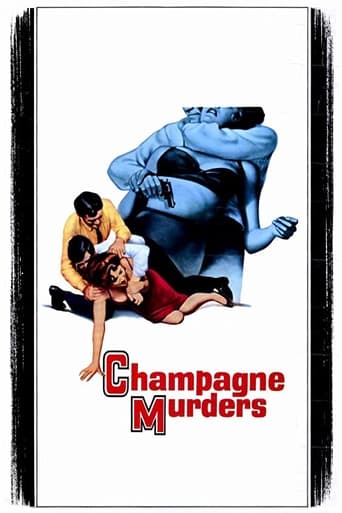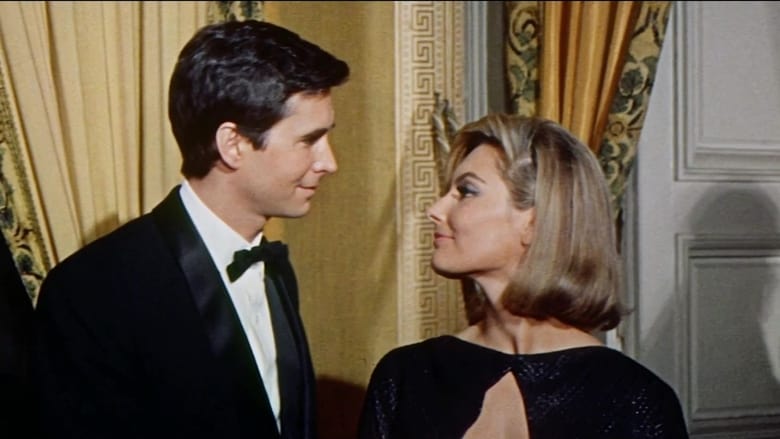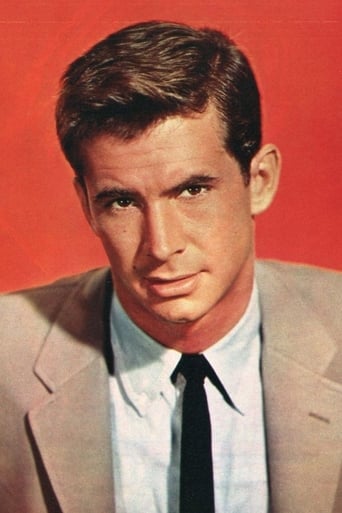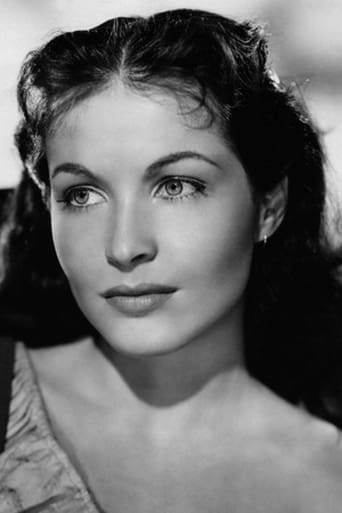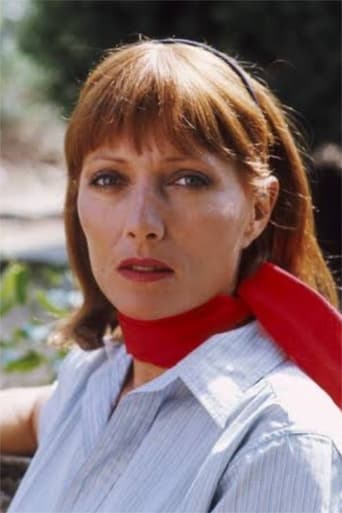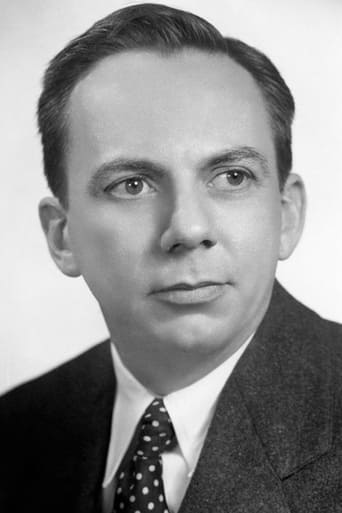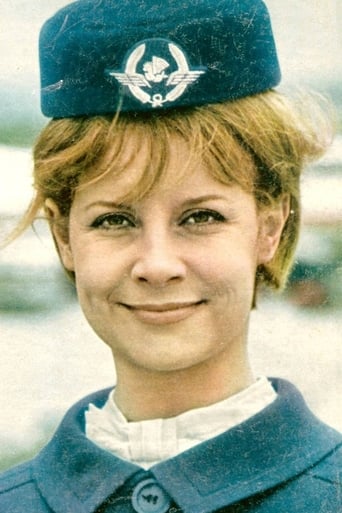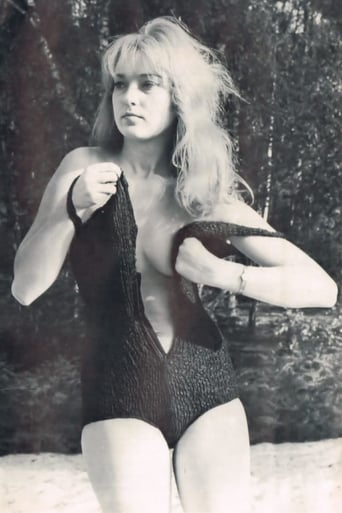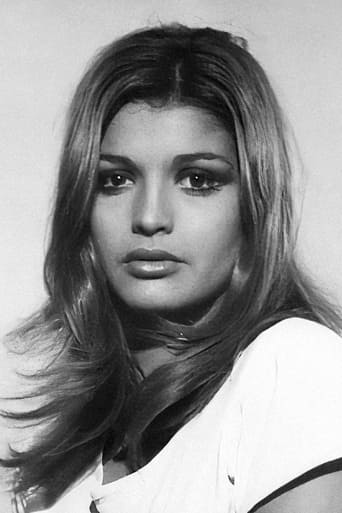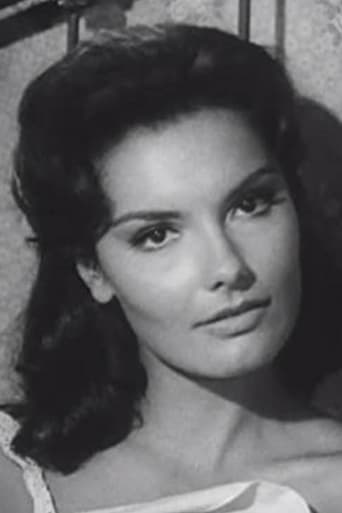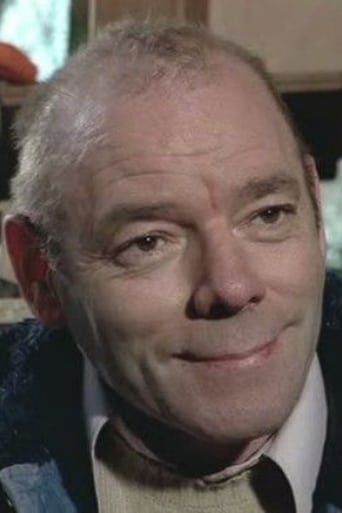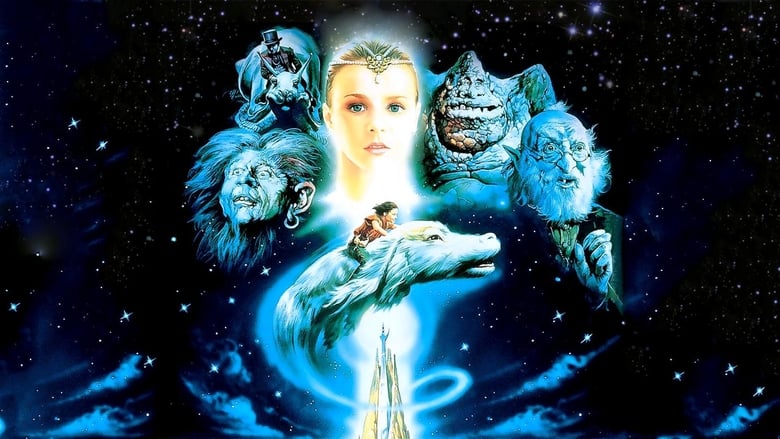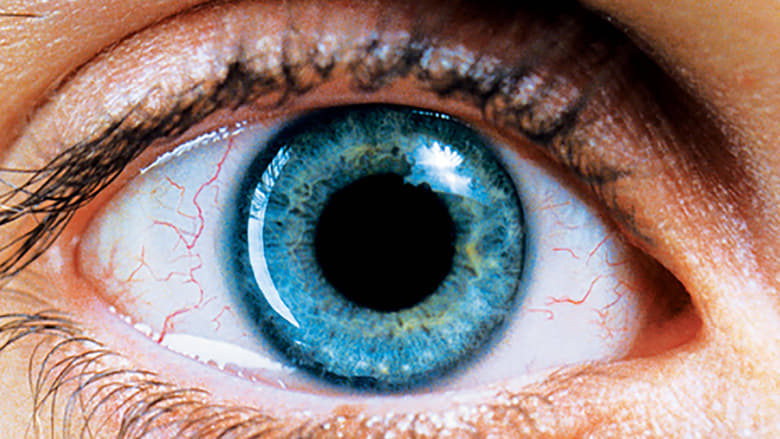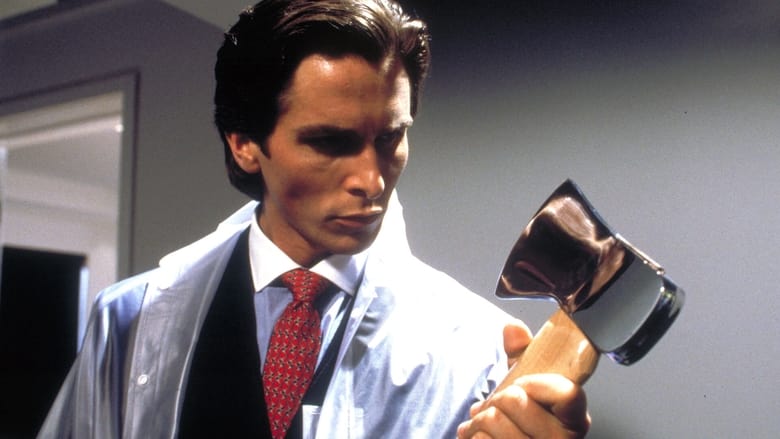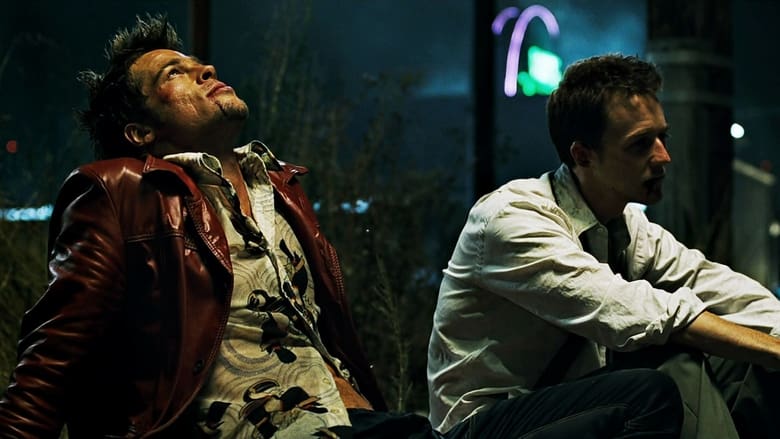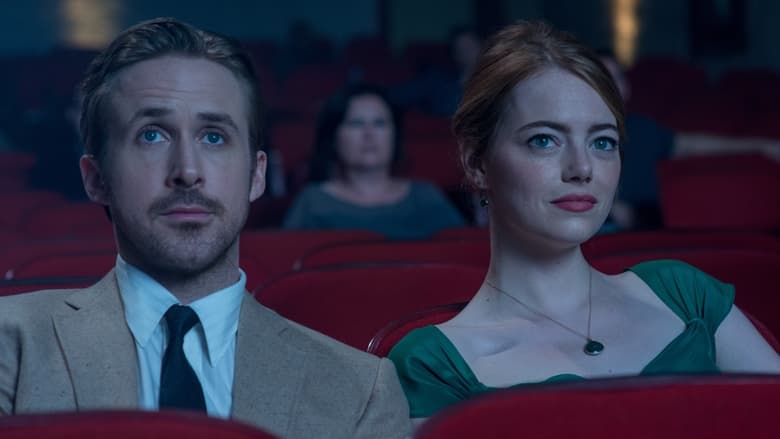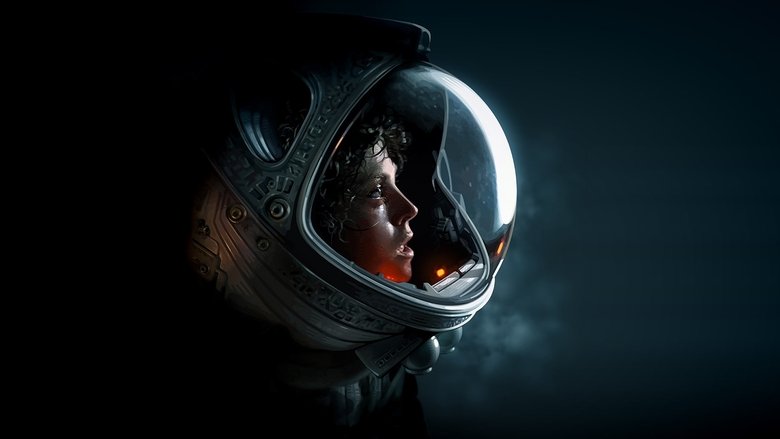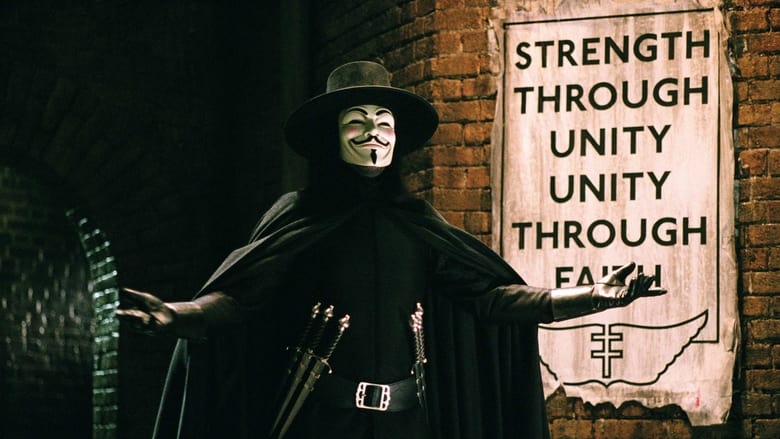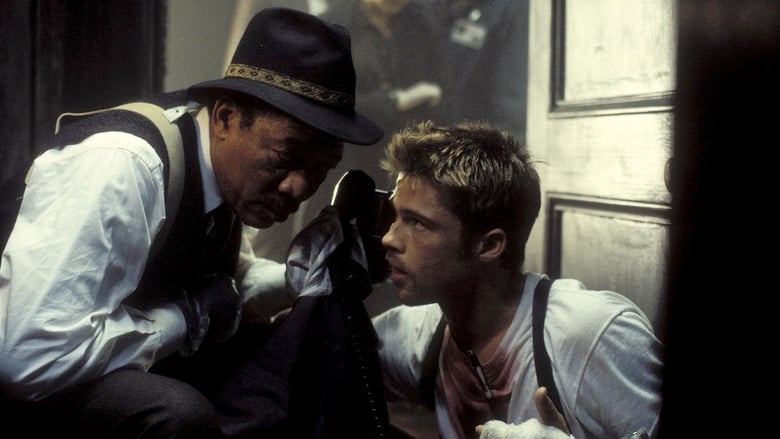A champagne tycoon's partner suspects his partner's gigolo husband of murders he's been framed for.


Similar titles
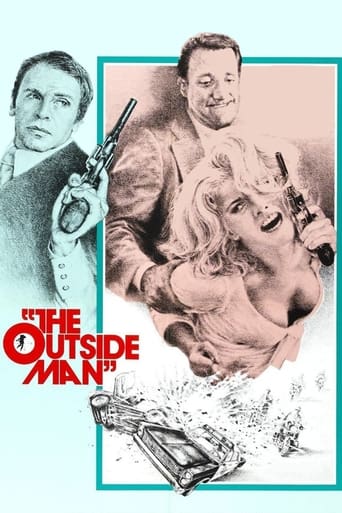
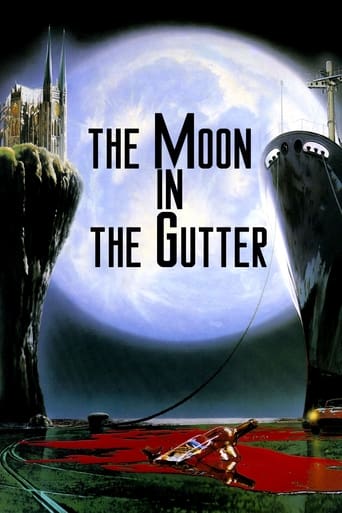

Reviews
This was a movie that French director Claude Chabrol made just before the period considered his golden era in which he knocked out a number of excellent dramatic thrillers. It would only be fair to say that with this one he hadn't quite nailed the formula, as while it has a complex plot, it ultimately doesn't add up to all that much by the end. The story features a young couple who try to convince, Paul Wagner, the mentally unstable owner of a respected champagne business to sell his company to another corporation. Matters are complicated when on a trip to Germany, a girl Wagner meets is murdered while he experiences a blackout, while back in France the same thing happens once again. These events are used as leverage to blackmail him into giving up his company.It's got to be said that this one takes a while to get going. It begins with a scene involving a gang attack, which kind of sits a bit awkwardly in the story, and it is only alluded to later on but left essentially adrift from everything else. After this, we watch some rich types involve themselves in a series of vaguely interesting activities but it is really only once the first murder finally occurs that the story becomes interesting. It sort of gets by after that but you would be hard pushed to say by the end that it was anything too out of the ordinary or inspired. Still, any film that features the incredibly alluring Stéphane Audran gets plus points from me basically from the get-go, and while she does have an admittedly smaller role than she would have in Chabrol's later films, it is an important one. Frankly, Audran was a huge reason that many of the films from Chabrol's golden era were so good and in this instance, even with limited screen-time she is still head and shoulders above everybody else. There was a neat disguise reveal later on which had me fooled and the movie does end on a commendably strange final shot. Ultimately, this is certainly worth a watch if you like Chabrol or Audran, although it is for sure one of their lesser collaborations.
Gathering up works from auteur film maker Claude Chabrol,I spotted a title starring Anthony Perkins. With Chabrol being very open about his inspiration from the "Master of Suspense" I decided that it was time to see Chabrol meet the psycho.The plot:Caught in the middle of a car crash, champagne businessman Paul Wagner finds himself unable to settle down.Spotting a weakness, Christine Belling and her husband Christopher try to get Wagner to sell the business to them.Getting a grip on what few sense he has left,Wagner pushes their advances to the side. Struggling to get his condition under control,Wagner starts to fear that the car crash affected him more than he originally believed,when Wagner's girlfriends start turning up brutally killed. View on the film:Backed by Universal studios, (which led to a French and English version both being shot) director Claude Chabrol and cinematographer Jean Rabier fizz up the lavish lifestyles of Paul and Christopher,as stylish tracking shots pull back to reveal the colourful surroundings when the murders "pop." Closing in on Wagner's fractured mind,Chabrol locks in with elegant,tightly held close-ups which heat up a tough edge Film Noir atmosphere,which is lit up by Wagner's attempts to unscramble his memories.Kicking off with a car crash that sends Wagner into a whirl,the screenplay by Claude Brulé/ Derek Prouse/ William Benjamin & Paul Gégauff delicately builds up the fractures between Wagner,Christopher and Christine Belling,with Wagner's blunt outbursts cutting him off as a Film Noir loner. Splashing the murders against the screen,the writers wonderfully press Wagner's anxiety down on the viewer,by making the viewer having to gather the loose reflections of Wagner's interactions with the victims, until the superb final shot "pulls back" to unveil the full puzzle.Carrying a sly grin on his face, Anthony Perkins gives a great performance as Christopher,whose calm, collected business manner Perkins peels away to uncover a ruthless, calculating bite. Pushed to put the cork back in the bottle by the gorgeous Yvonne Furneaux's femme fatale , Maurice Ronet gives an excellent performance as Paul Wagner.Covering Wagner in Noir shakes of disbelief,Ronet digs his nails into the tortured doubt of Wagner,as the murder victims get covered in champagne.
Despite the mixed reception it enjoys among both critics and fans of the director, this film can now be seen to have been the one to virtually inaugurate Chabrol's major period; it was actually made in conjunction with Universal, a studio with which his idol Alfred Hitchcock was still tied at the time and, to further stress that connection, he utilized one of the stars from the latter's recent work (Anthony Perkins in the first of two pictures he did for the French director). This co-production arrangement – which even saw eminent American film critic Derek Prouse and character actor Henry Jones figuring among the writers and supporting cast respectively! – resulted in two separate versions: the English-language one running 98 minutes and the French being slightly longer at either 107 or 111, depending on the sources. Unfortunately, the former seems to be the more readily available cut which, incidentally, also fails to give credit to Chabrol's regular scribe Paul Gegauff for his contribution to the clever screenplay! Though Chabrol had previously dabbled in the thriller genre (including one in color, WEB OF PASSION [1959] that would make for a perfect thematic companion piece), this stylish film – which also brought on a sudden blossoming of his then-wife Stephane Audran's talents, in what initially appears to be a dual role – set him out as European cinema's foremost purveyor of folies bourgeoises (to cite a later, albeit much maligned, title I have been unable to track down for this comprehensive tribute). Even so, this first 'mature' attempt proves a bit uneasy as a whole – owing, in part, to the language barrier but, also, the strained decadent milieu at its core (to get an inkling of the film's overall effect, if Hitchcock had made LA DOLCE VITA [1960], it would have looked something like this!). In fact, the psychological aspect of the narrative (the hero suffers a head injury and undergoes repeated shock treatment, which makes him seemingly prone to blackouts) is rather downplayed in favor of some dreary business dealings which, eventually, descend into blackmail and murder.With the protagonist made to be an alcoholic playboy – I particularly enjoyed the Bunuel in-joke where the inebriated hero smashes a TV set just as a screening of LA MORT EN CE JARDIN (1956) is about to start! – it was inevitable that Maurice Ronet, who had virtually cornered that particular market ever since playing the suicidal lead in Louis Malle's LE FEU FOLLET (1963), would assume that role here and he went on to win a Spanish acting award for his sterling efforts. In retrospect, given his pedigree, one would have expected Perkins to be the victim of any potential conspiracy but he emerges a schemer here instead which he does very well, mind you, except that in the last sequence we realize he had an accomplice all along who is even more ruthless than he is!Actually, the revelation with respect to the latter comes across just as 'shocking' as the one at the climax of Agatha Christie's "Witness For The Prosecution" (superbly filmed by Billy Wilder in 1957); that said, death and disguise also come into play at the finale of Chabrol's subsequent release, LES BICHES (1968; also with Audran). Then again, such an audacious open-ended closing shot as one finds here could hardly have been anticipated! Apart from Audran – not to mention a glossy look (courtesy of the ubiquitous Jean Rabier) which was soon to become a trademark of the Chabrol style – the film boasts a number of other attractive females (including Yvonne Furneaux as Perkins' wife, whose lust for power proves her undoing, Catherine Sola as Ronet's tennis partner and, both as unwitting pawns in the game of murder, voluptuous artist Suzanne Lloyd and Christa Lang, who had previously worked with Chabrol three years earlier in his espionage pastiche THE TIGER LIKES FRESH MEAT and would go on to marry iconoclastic American film-maker Samuel Fuller).
CONTAINS A BIG SPOILER Chabrol's transitional period was coming to an end.Hisgolden era was about to begin,and would culminate two years later with "le boucher".But the transitional period is still here in 1967."Le scandale" is nothing short of rubbish.The first hour is meandering and dragging on and on and on:you're going to tell me it's Claude Chabrol 's usual disgust for the bourgeoisie.It would work the following year in "la femme infidele" when Chabrol began with a fly on the wall account of the daily life of those wealthy people.It does not here .Anthony Perkins and Maurice Ronet are wasted and Yvonne Furneaux is undistinguished.Stephane Audran is here too and with her ,comes my big spoiler :so stop reading now if you have not seen the flick (but haven't you got a better way of spending your time anyway?).Anyone who knows Chabrol's works has seen Audran in a lot of films;and you realize that Jacqueline is a Stephane Audran made look ugly ,and the German hostess is the real sexy Audran.When the movie was made,Audran was hardly known in France and the audience could be fooled.No longer.Chabrol ,in the second part,tried to create suspense and fear ,by suggesting Ronet was going nuts.But it's too late and the ending recalls some of those Joan Crawford extravaganzas ,the likes of "straight jacket" except that you had a good laugh in Castle's movie .Not in Chabrol's dud.Gastronomist Chabrol fills his quota of good food.Here they treat themselves to some delicious kidneys (not hot enough,one of the guests complains.)
